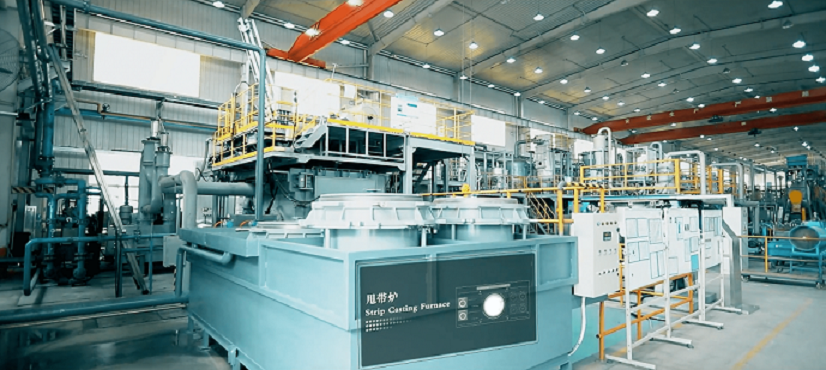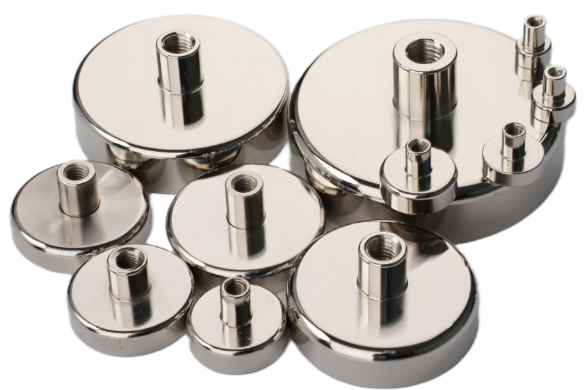Processing Technology of Neodymium Magnets
As we all know, the prices of neodymium magnets on the market vary greatly. One of the important reasons for this is the difference in processing technology. Generally, there are three production processes for NdFeB magnets: the sintering process, bonding process, and injection molding process. So in this article, let's take a deeper look at the processing technology of neodymium magnets.
 Processing Technology of Neodymium Magnets
Processing Technology of Neodymium Magnets
The sintering process of the NdFeB magnet is to make the magnetic material into powder through a jet mill, and then put it in the smelting furnace to smelt into the specified product. The neodymium iron boron magnet produced by this kind of process has very high coercivity and has a magnetic energy product ten times more than that of an ordinary ferrite magnet. Relatively speaking, the price of NdFeB magnets produced by this kind of process has a certain standard, and there is not much difference. After they are produced and formed, they can be cut into products of different shapes as required, but their surfaces have a relatively high chemical activity, so they must be electroplated on the surface. Zinc plating and nickel plating are the most commonly used. Compared with the NdFeB magnet produced by the sintering process, the price of the NdFeB magnet produced by the bonding process is higher. It is made by mixing neodymium iron boron powder and some other materials and making permanent magnets through techniques such as compression, extrusion, or injection molding. The injection molding process of the NdFeB magnet is the most demanding of the above three processes. The NdFeB produced by this technology has the highest price. It requires extremely fine and precise molds. The NdFeB powder is put inside to make finished products with complex shapes. Most of these products are very thin.
Conclusion
Thank you for reading our article and we hope it can help you to have a better understanding of the processing technology of neodymium magnets. If you want to learn more about neodymium magnets, or other types of magnets, we would like to advise you to visit Stanford Magnets for more information. As a leading magnet supplier across the world, Stanford Magnets has been involved in R&D, manufacturing, and sales of magnets since the 1990s. It provides customers with high-quality permanent magnets like SmCo magnets, neodymium magnets, AlNiCo magnets, and ferrite magnets (ceramic magnets) at a very competitive price.















